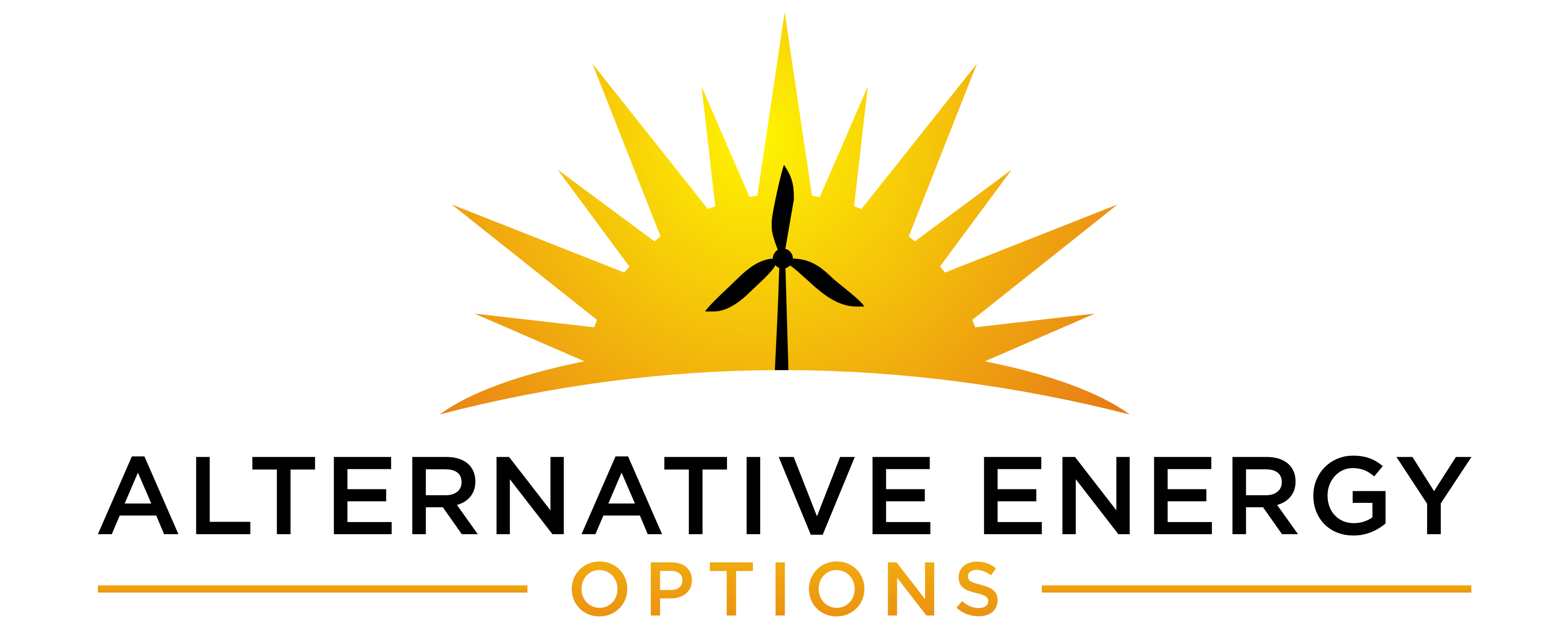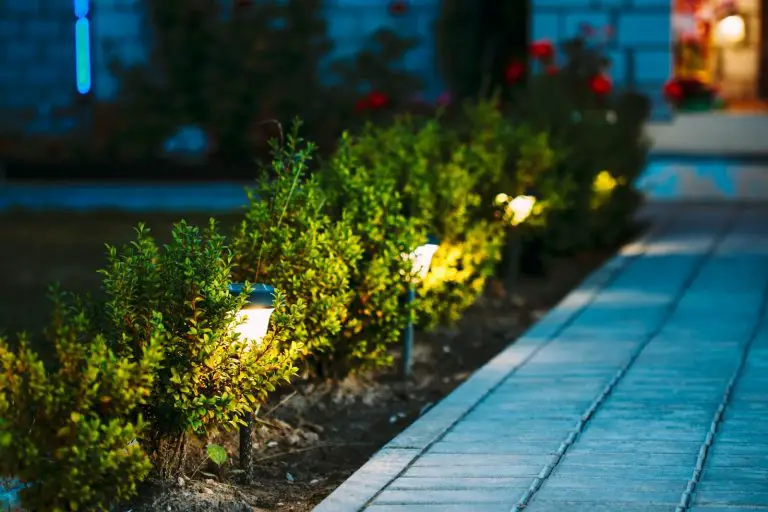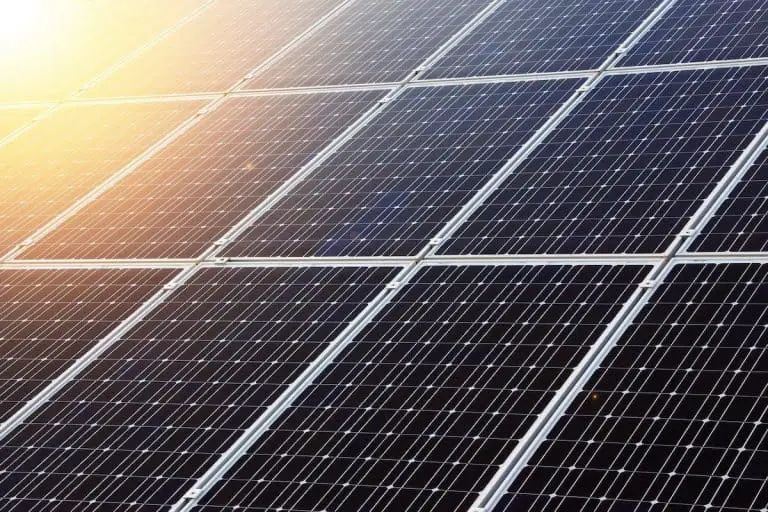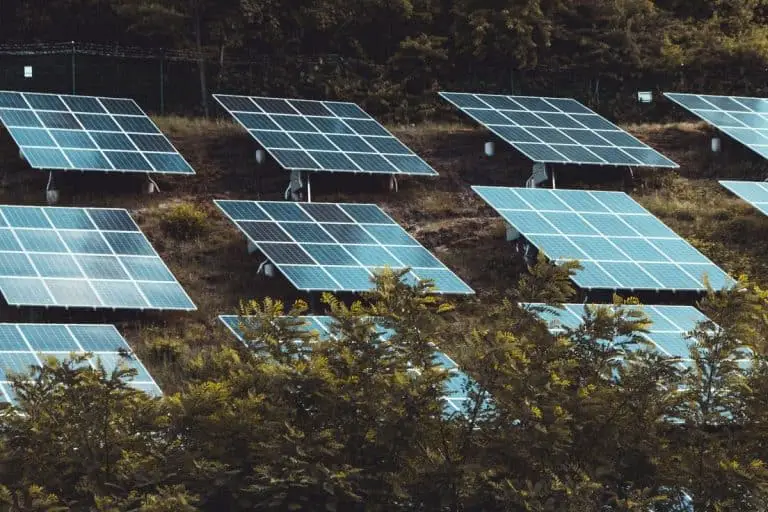Do Solar Panels Go Bad If Not Used? (We’ve Got The Answer)
Solar panels go bad even if you are not using them. Exposure to chemicals, changing weather, and elements like dust can reduce the performance of your panels. They also degrade by 0.5 percent annually once you install them, even if you are not using them.
Solar panels are key to rapid adoption of renewable energy. But panels are expensive to purchase and install, so you want to understand what to expect for hardware longevity.
This article will discuss the vital things solar power users need to know about solar panel degradation.
Do Solar Panels Go Bad If Not Used?
There is no denying that solar energy is one of the best clean ways to generate electricity. Since sunlight is abundantly available, it makes excellent renewable energy. Even better, solar panels last a long time with minimal maintenance.
Many households are now installing solar panels, allowing them to save money by no longer relying on grid energy. Such is an expensive investment, so you want to ensure that it will last a long time.
What Happens To Solar Panels When You Don’t Use Them?
Solar panels are incredibly durable. They can last for over two decades with minimal care, allowing them to consistently produce the electricity you need. Solar panels do not expire. But their ability to sunlight and produce solar energy reduces significantly after their prime years.
But while solar panels do not have expiration dates, various factors can affect the efficiency of your solar panels:
- exposure to extreme and changing weather conditions
- falling debris
- exposure to chemicals
- water degradation
When your solar panels are not in use, chances are they are still exposed to some of these efficiency-degrading factors. As a result, your solar panels can still go bad even if you are not using them. That said, it is not that you are not using your solar panels that they go bad; instead, the degrading factors reduce the efficiency and eventually damage your solar panels, used or not.
Should You Replace Your Solar Panels When They Become Less Efficient?
Solar panels can continuously produce electricity for 25 years. After this duration, they will still produce solar energy but will become less efficient than they once were. However, that does not mean you need to replace your solar panels. Instead, perform an inspection to see their condition.
You can still use your solar panels if:
- they do not have any damage
- they still produce enough electricity for your household appliances
On the other hand, your panels will need replacement if the power they produce is no longer enough to power your home. If some solar panels acquire damage, you only need to replace them, not the entire solar energy system.
Will Solar Panels Degrade In Storage?
Although it was highlighted that solar panels have no expiration dates, they still degrade over time, regardless of whether you use them. According to the industry standard, solar panels last for about 25 years or more if you maintain them well. But while the advancement of technology has made solar panels more efficient than ever, it is inevitable for them to avoid a decrease in efficiency.
Solar panels will slowly degrade no matter how much you maintain them. If this happens, you will notice a significant decrease in the solar power they produce. The reduction in the efficiency of solar panels will continue until they can no longer support your electricity needs.
But what about unused solar panels hidden in a storage space? Will they still degrade even if they are not receiving sunlight?
The answer is yes. Chemicals, dust, humidity, corrosion, and temperature changes can cause solar panels in storage to degrade.
A study by the IEEE Journal of Photovoltaics in 2020 discovered that a solar panel’s efficiency reduces by 0.5 percent every year. Your solar panels will generate approximately 12 to 15 percent less solar energy at the end of their 25 year lifespan.
This energy loss will still occur even if your solar panels are in storage and you never used them to generate your house’s electricity needs.
Two Reasons Why Solar Panels Degrade In Storage
- One of the main reasons is thermal cycling. If you store your solar panels in a room, such as your garage, you can prevent exposing them to extreme heat, rain, and snow. However, the changes in temperature inside the storage room can still affect the quality of your solar panels.
- Lack of maintenance can also be a reason why your solar panels can degrade even if they are in storage. Your solar panels may accumulate dust, which can cause permanent damage.

Reasons Why Solar Panels Go Bad
One reason the solar panels installed on your roofs can go bad is normal wear and tear due to the time they remain in use. However, it is also essential to understand why your solar panels degrade. Knowing the factors that make your solar panels degrade will allow you to reduce their decrease in efficiency somehow. This way, you can set your expectations once your solar panels are installed.
Knowing the factors that affect the efficiency of your panels will also help you make the most out of your investment.
Age-Related Degradation
When you install your solar panels, you inevitably expose them to various elements that cause age-related degradation. That includes changes in the weather, such as:
- high temperatures
- heavy rains
- snow
These weather conditions cause the crystalline silicon in solar panels to harden. The photovoltaic cells can also acquire contamination, and the panels’ frames can corrode.
Additionally, hail and snow can cause microcracks on the panels’ surfaces, causing water to seep through them. These micro-cracks can also accumulate sand and dust. And once the rain falls, the sand and dust harden, known as cementing. Once this happens, the hardened particles will reduce your solar panel system’s ability to absorb sunlight.
Thermal cycling can also cause microcracks. When the temperature is high, it causes the photovoltaic cells in the panels to expand. Once the temperature drops, the cells within the panels contract. As this cycle continues, the surfaces of the solar panels obtain microcracks.
Degradation Caused By Light
Constant exposure to light can cause chemical and mechanical degradation to your solar panels. During the first 1,000 hours after you install your solar panels, they will need to adjust, which causes their photoconductivity to diminish. As a result, the panels’ efficiency decreases by about 1 to 3 percent before they finally stabilize.
There are different degradations caused by light that causes your solar panels to decrease in efficiency:
Direct Light-Induced Degradation
When installing your solar panels during the initial setup, chances are they will be exposed to direct sunlight. Since the other parts of the solar panel system are still not in place, the sunlight absorbed by your panels will have no battery bank to travel to. As a result, the electronics inside the photovoltaic cells warp due to the heat.
Light-Induced Degradation
The exposure of crystalline silicon cells within the panels to the external environment causes them to gradually degrade until they reach their 25-year life span.
UV-Light Induced Degradation
Solar panels’ exposure to ultraviolet light causes the crystalline silicon oxide on the panels’ surface to form boron dioxide. This layer of chemicals blocks sunlight from entering the photovoltaic cells. As a result, the amount of solar energy produced by the panels decreases, thus causing them to degrade.
Some manufacturers add UV blockers to the solar panels to reduce the amount of damage caused by the sun.
Potential-Induced Degradation
Potential-induced degradation does not necessarily affect all the solar panels on your array. However, this type of degradation can occur on the different components of the panels that operate on varying voltages, such as the panel frame and photovoltaic cells. If something disrupts these components, voltage leaks can happen, thus decreasing the solar energy produced by the solar panels.
Moreover, potential-induced degradation rarely occurs on solar panels. But if it does, it can lower your solar panels’ performance by 30 percent. These blockers protect the panels from too much radiation from the sun. (source)

Non-Environmental Factors That Contribute To Solar Panel Degradation
Installation
How professional installers assemble the solar panels can improve or worsen their degradation rate. Suppose the installers are not careful when carrying your solar panels to their location. The panels may flex, bounce, and rock constantly in that case. It can cause microcracks and scratches, reducing the panels’ performance.
Improper electrical connections and incompatible components can lead to potential or light-induced degradation.
Solar Panel Quality
If you are not careful in choosing your solar panel provider, you may get low-quality or substandard materials. While they can be more cost-effective than premium quality solar panels, they have a high risk of failing after a short period. If this happens, you will have no choice but replace your entire solar array. As a result, your solar panel system will be more costly than if you installed high-quality panels in the beginning.
That said, do not aim to save money by buying low-quality panels. Even if the high-quality ones are more expensive, they are much more durable. So, you will not have to worry about them breaking easily.
Glass Breakage
The glass layer of your solar panels is much stronger than regular glass. They are tempered, so they can withstand the changing weather conditions and other external elements that can brake ordinary glass.
But no matter how durable, no glass is indestructible. If large hails fall on your solar panels, or if a ball from a kid playing outside hits them too hard, the glass layer of the panels will shatter. If the impact is too hard, these elements can also break the wirings and cells of your solar panels. Even if the breakage is not deep, rain can seep through the cracks and cause the wirings under the glass to short circuit.
Delamination
Solar panels consist of several layers:
- a glass surface
- wiring and solar cells
- a layer that encapsulates the cells
Out of all the layers, the encapsulant is the most essential as it protects the photovoltaic cells from the environmental factors that may damage them. However, this layer can lose adhesion when constantly exposed to ultraviolet light. As a result, moisture and air can enter the encapsulant. Once these environmental elements reach the wirings and solar cells, they can cause corrosion and even short circuit.
Cleaning And Maintenance Practices
Solar panels require little to no maintenance. However, that does not mean you can install your solar panels and completely forget about them. Instead, checking the panels from time to time is crucial to see if debris or buildup is covering them. This buildup can affect the performance of your solar panels, so it is essential to clear them before they become thick.
Periodically checking your solar panels will also help you see if there is any damage that you need to fix.
Moreover, regularly cleaning your solar panels (my guide) will allow you to maintain their excellent performance. It will also prevent sand and dust from sticking into your solar panels, which can potentially cause permanent damage.
How You Use The Panels
There is no denying the durability of solar panels. But when you regularly use solar panels at their total capacity, there is a chance that they will degrade faster.
For this reason, it is ideal to install more solar panels than you need. If you only install enough panels to meet your electricity requirements, there is a chance that they will overload and acquire damage. But if you have more solar panels than your household needs, they will perform well as they will not be at full capacity.
How To Take Care Of Your Solar Panels
Solar panels are delicate, so it is essential to put much care into cleaning them. Below are the effective ways of cleaning your panels without damaging them.
Use Solar Panel Cleaning Kits
Solar panel cleaning kits are a beneficial tool for maintaining your panels. The tools included in the kit, such as the soap, brush, and wiper, are all ideal for the delicate surfaces of the solar panels. It also comes with an instruction manual, which helps you know how to clean your panels correctly.
This way, you can avoid scratching your panels, leading to damage or a decrease in the sunlight they absorb.
Do Not Use Harsh Chemicals When Cleaning Your Solar Panels
While cleaning your panels, chances are you will encounter hard-to-remove stains and dirt. True enough, using bleach to soften such types of dirt can be tempting. However, bleach and other harsh cleaning agents can harm your solar panels, so you need to avoid using them. Instead, use a gentle and biodegradable soap that will not damage your panels’ surfaces.
Similarly, using brushes to clean the surface of your solar panels is a costly mistake. The stiff bristles of a brush will scratch your panels, and these scratches will hinder sunlight from entering the photovoltaic cells. If you need to wipe your solar panels, use a soft, clean rag to avoid damage.
Run A Hose Instead
If you intend to clean your solar panels regularly, it is advisable to use a hose and run water through the entire solar array. Regularly wiping your solar panels can cause them to accumulate scratches in the long run, regardless of how soft the rag you are using is.
So, instead of climbing up your roof and wiping the panels one by one, run them down with a hose whenever they start acquiring dirt, debris, and stains.
In addition, you should not wait for the dirt and other elements to accumulate on top of your solar panels. Instead, remove anything on top of them, such as dried leaves or dust. With this, you can ensure that your solar panels absorb the most sunlight.
Check Your Solar Panels Every Time A Severe Weather Condition Occurs
After a hail, record-high temperature, or a storm, it is vital to inspect your solar panels for damage. Just because your solar panels did not stop working means they did not acquire wear during a weather event. Hail and high temperatures can break your solar panels, which heavily impacts their performance. Read my suggestions for protecting solar panels from hail damage.
By inspecting your solar panels, you can quickly diagnose if there is damage. This way, you will be able to contact your installer for a repair or replacement right away.
Summary
Solar panels go bad even when not used due to exposure to degrading elements like UV rays, hails, and severe weather conditions. If your panels are in storage, chances are you are still exposing them to chemicals and dust, which can decrease their efficiency.
Solar panels have a yearly degradation rate of 0.5 percent regardless of whether you use them. But even if there is a decrease in your panels’ efficiency, you do not have to replace them after their standard 25-year lifespan.







